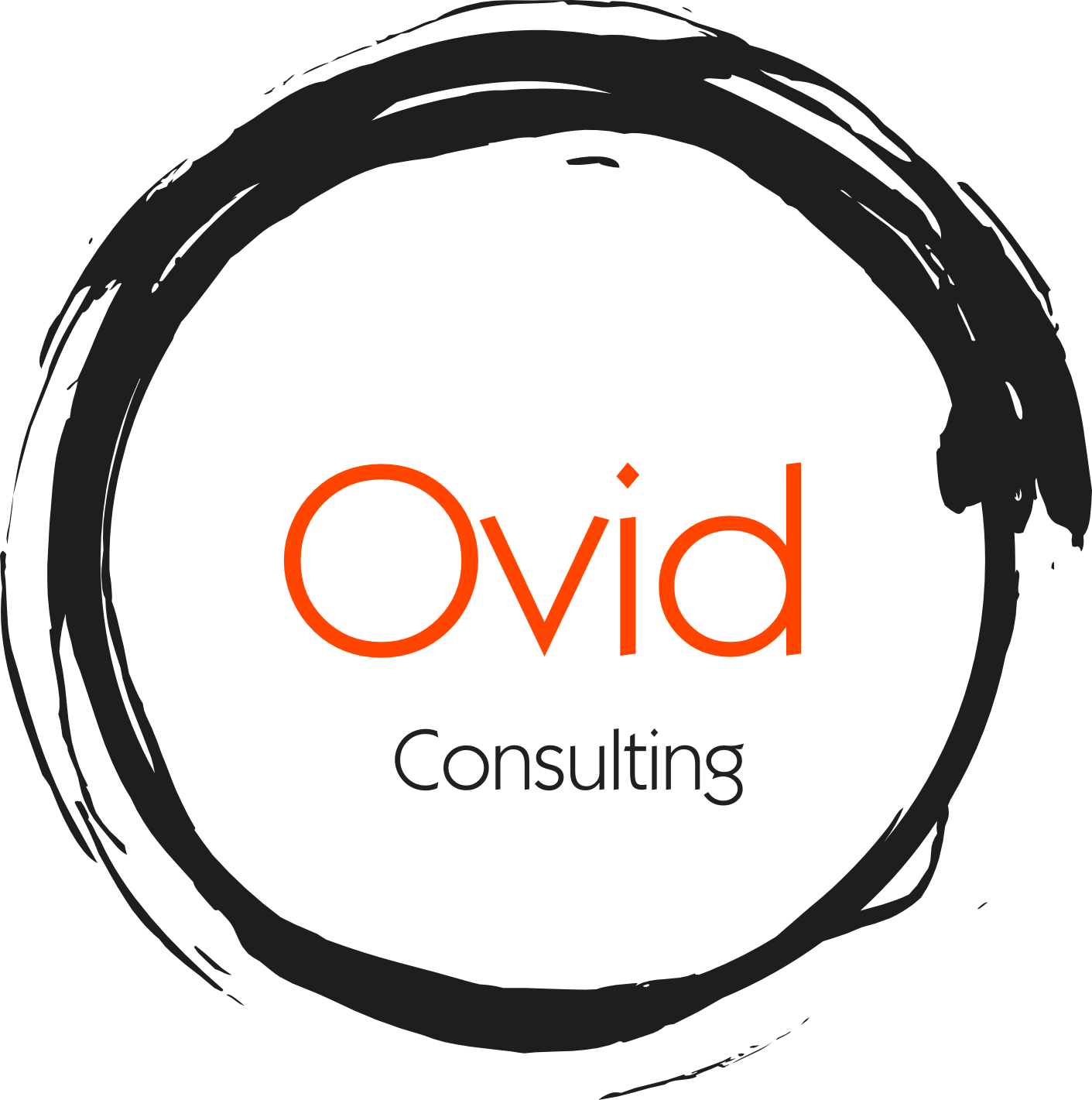Ideation work, workflows and Value
I love to cook - for me it is tune out time, and a way of giving my creative side a little air time. Whilst I am happy to experiment, I still tend to turn to cookbooks (and increasingly food blogs), for inspiration. When it comes to baking, I must have a recipe.
Some years ago, I attended a Melbourne Food and Wine Festival lunch hosted by Gary Mehigan of Masterchef fame. For me, part of the intrigue of the show is the ability of contestants to whip up a sponge, hollandaise sauce or some more elaborate creation, seemingly without a recipe in sight. Gary, when asked, divulged all contestants are taught the basic ratios, which can then be adapted for all sorts of dishes. So I was intrigued when I heard about an ipad app which sets out ratios for baking, bread making and sauces. It appealed to my logical side. The premise of the app is that, once you know the basic ratios of ingredients, you can make baked goods and sauces without reference to a recipe.
What does this have to do with legal practice? In reality, no matter what many lawyers may think, most legal work involves a variation on basic “ratios” of routine steps and practices. Yet too many lawyers seek to reinvent the wheel each time they commence a new matter.
The value to a client comes from “ideation” work –problem solving, strategic insight and innovative thought– rather than the process work of execution. If law firms can maximise the opportunities for this valuable work by reducing the time spent in the execution work, they truly become “trusted advisors”. Utilising workflows to manage process work, enables a greater focus on ideation work.
Continuing the cooking analogy, workflows are the recipes, where the anticipated steps in a matter are set out. Many will be aware of the use of workflows in domestic conveyancing and ediscovery. However, increasingly courts are developing their own workflows which are reflected in Practice Directions and Court Rules. Innovative lawyers are utilising legal project management skills to create and manage case plans, incorporating templated workflows.
Workflows are powerful tools, as a quality control measure, as a means of capturing and transmitting knowledge and particularly as part of the planning process for any firm managing fixed fee agreements. Some practice management programs have a workflow component incorporating automated tasks and template documents. At a more sophisticated level again, workflows utilised in extranets enable client input into the process, thereby improving communications and timeliness.
"Smart" workflows will interrogate a user and create prompts for additional tasks, depending on the answers provided. In litigation for example, a positive answer to the question as to whether discovery of electronic material is to be provided results in additional steps regarding extraction and de-duplication of such material.
Workflows clarify responsibilities and dependencies, and improve turnaround times. This leads to a reduction in rework and double handling, which are leading causes of cost blowouts. Workflows standardise work and enable many tasks to be appropriately delegated.
Developing a workflow requires evaluation of business processes, and identification of more effective ways to deliver services in a cost effective and timely manner. Look for opportunities to reengineer processes, eliminate waste and improve effectiveness.
Atul Gawande in his book The Checklist Manifesto details how his work as a surgeon was significantly improved through the use of checklists. Dr Gawande looked to the aviation industry to utilise checklists in medicine to reduce mistakes, and as a side effect vastly improved communications in medical teams, by empowering all members of the team and clarifying responsibilities. Workflows can incorporate checklists as a further means of quality control.
Having developed workflows with legal teams across both litigious and transactional practices, it is clear that the process of workflow development in itself is beneficial. The development process involves discussion and decisions about agreed quality of work, and often identifies inconsistent work practices within a team. In a workshop, to brainstorm a workflow for advice work, one team member identified 5 steps in the workflow, another identifying 25 steps – giving rise to an interesting and productive discussion about the approach taken to this work.
With the increasing commoditization of legal services, the introduction of new players in the legal market such as the US online LegalZoom service which offers online legal services, an increasing demand for fixed fee pricing, lawyers must look at ways to provide services most effectively. Process re-engineering and use of workflows helps lawyers become Masterchefs able to astound clients with remarkable creations.
